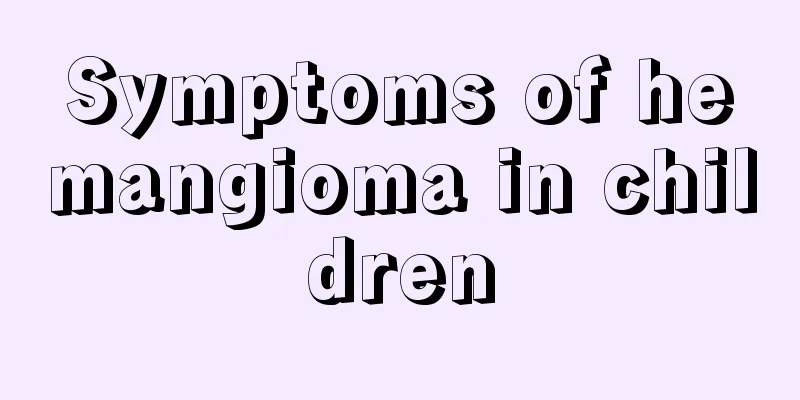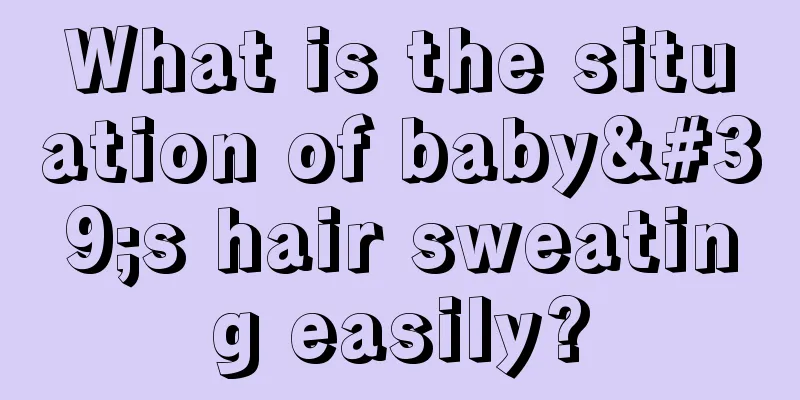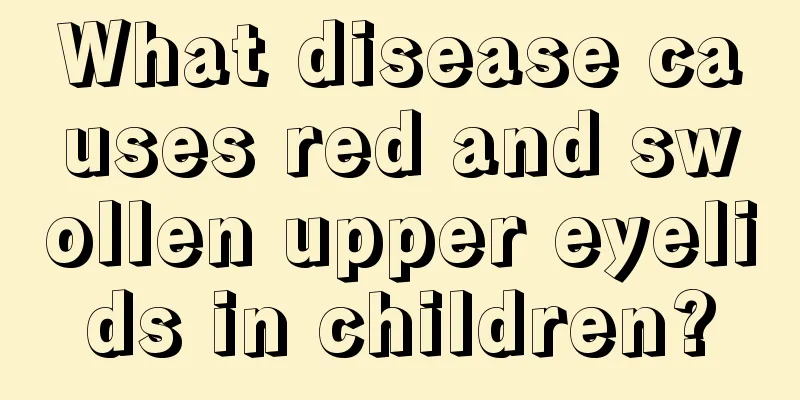Symptoms of hemangioma in children

|
In fact, today's parents have a lot of things to do in their daily lives, so they have no time to take good care of their children. This may even cause hemangiomas in their children. So let us take a look at the symptoms of hemangiomas in children. Symptoms: 1. Symptoms of infantile hemangioma: Cavernous hemangioma: The lesions are generally large and occur spontaneously. They occur at the site of the original capillary hemangioma or are located under the skin. They are round or irregular in shape, may be higher than the skin surface, and may be nodular or lobed. The boundaries are not clear, and the texture is soft and elastic. They are mostly light purple or purple-blue. They may shrink after squeezing. The surface skin may be normal or atrophied by adhesion to the tumor. It occurs at birth or shortly after birth, often on the scalp and face, and may involve the oral or pharyngeal mucosa. Cavernous infantile hemangioma may be accompanied by thrombocytopenia and purpura. It mainly occurs in infants and occasionally in adults. It is a serious type, and about 1/4 of cases die from bleeding, respiratory tract infection or malignancy. 2. Symptoms of infantile hemangioma: Port wine stain: Also known as telangiectatic nevus or port-wine stain, infantile hemangioma manifests as one or several dark red or bluish-red patches with irregular edges, not protruding above the skin surface, and easily faded when pressed. It is more common in the head and neck area, often appearing at birth, and may increase in size as the body grows. Those occurring on the occipital region, forehead, or bridge of the nose may resolve on their own, while larger or extensive lesions often persist for life. 3. Capillary hemangioma, a symptom of infantile hemangioma: also known as strawberry nevus, appears as one or several bright red, soft, lobed tumors that do not fade when pressed. It often occurs on the head and neck. It usually does not appear at birth, but appears within a few weeks after birth, enlarges within a few months, grows rapidly, and can even reach several centimeters. 4. Symptoms of infantile hemangioma: racemose hemangioma: It mostly occurs on the limbs, with many branch-like dilated blood vessels on the surface and around them, which are tortuous and racemose. The local skin is dark red or bluish purple, and sometimes the blood vessel pulsation can be felt or vascular murmurs can be heard. 5. Symptoms of infantile hemangioma: mixed hemangioma: it has the pathological tissue characteristics and clinical symptoms of capillary hemangioma and cavernous hemangioma. It starts as a red nevus that gradually grows larger and invades deeper tissues to form small hillock-like or nodular lumps that are soft in texture, have unclear boundaries, and shrink when pressed. The above article gives you a detailed introduction to the symptoms of hemangioma in children. I believe everyone has a relatively preliminary understanding. Therefore, in daily life, if such a situation really occurs, you should go to the hospital for treatment in time. |
<<: Reasons why newborns don't sleep at night
>>: Causes of cold in four-month-old babies
Recommend
What are the measures to relieve baby’s constipation and smelly farts?
The baby's digestive function is very weak. I...
How to deal with a baby's skin breakage
Because the baby's physical development is no...
Can neonatal dacryocystitis heal on its own?
Neonatal dacryocystitis is mostly caused by incom...
What are the symptoms of dryness?
For children, they should develop good living hab...
How to treat vulvar eczema in children?
If a child has eczema on his vulva, the impact wi...
10 things parents must teach their children before they turn 10
Educating children is a long and arduous task, an...
What to do if your baby doesn't like to wash his hair
When bathing or washing the baby's hair, the ...
The best way to brush your toddler's teeth
We all know that the way and method of brushing t...
Can newborns hear?
After a newborn's birth, the child's sens...
The dangers of bright children's food, parents should be careful when buying for their children
Food safety is not only important for adults, but...
My child has a fever, but his forehead is not hot, what's going on?
Children often encounter some health problems in ...
How to judge whether a child's nails are white
Nowadays, it is not uncommon to see children with...
What to do if baby has ringworm on his feet
Anyone can have skin problems, including babies. ...
Reasons for low total protein in babies
If the baby's total protein is low, parents m...
How to judge the baby's intestinal malformation
Parents are usually very nervous about their newb...









